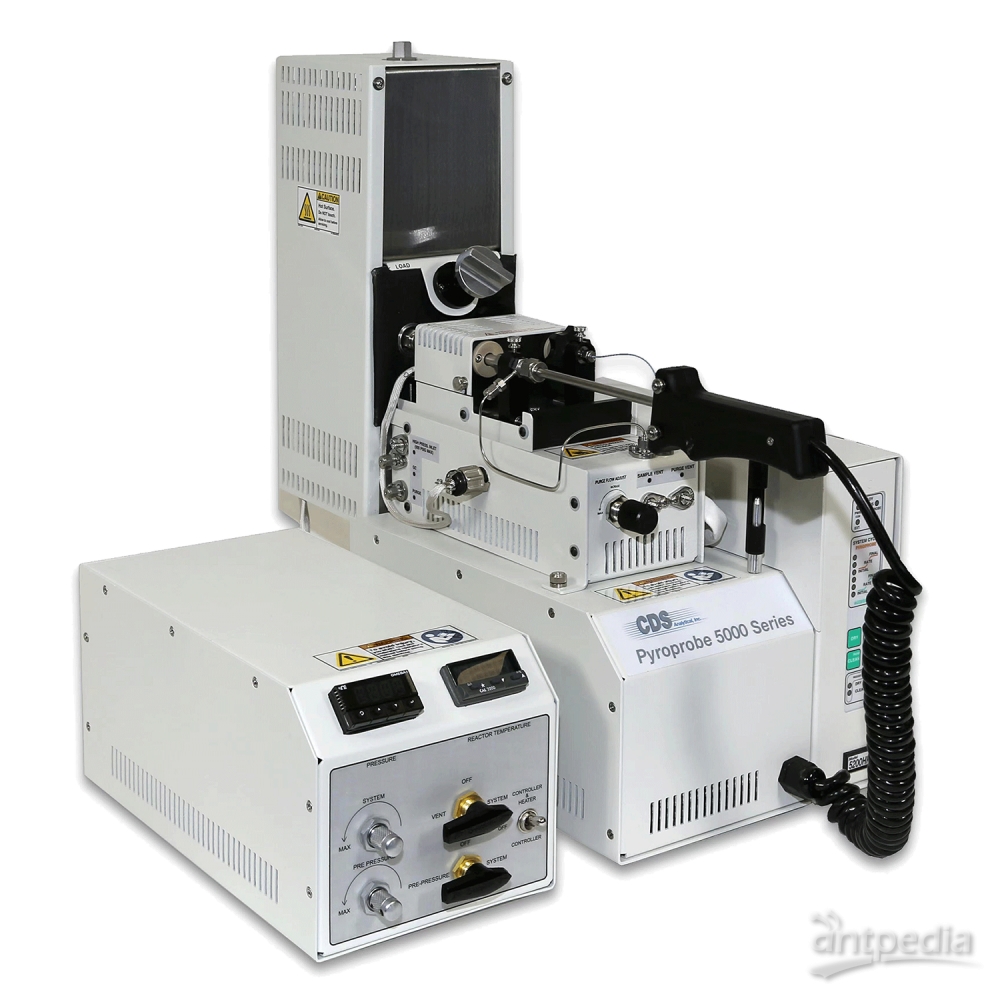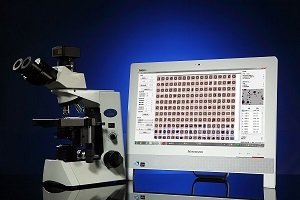红细胞裂解的实验方法步骤
Introduction
Prior to using lymphoid tissue cell suspensions for flow cytometric analysis and/or for in vitro functional assays, it is recommended to remove red blood cells. The eBioscience 1X RBC Lysis Buffer is formulated for optimal lysis of erythrocytes in single cell suspensions of mouse tissues such as spleen and human peripheral blood. The buffer contains ammonium chloride, which lyses red cells with minimal effect on lymphocytes. This step is not necessary when working with mouse thymus and lymph nodes.
When using human peripheral blood for flow cytometric analysis, a red cell lysing step is incorporated into the staining protocol.
For lysing human blood in bulk, a 10-20X volume of 1X RBC lysis buffer to total blood is recommended; however, an alternative method for removal of red blood cells when working with human blood is to use isolation of PBMC by Ficoll-Hypaque™.
RBC Lysis of Mouse Spleen
Materials
1X PBS:
80.0g NaCl 80.0g NaCl
11.6g Na2HPO4
2.0g KH2PO4
2.0g KCl
DI H20 up to 10.0 L
pH to 7.0
eBioscience 1X RBC Lysis Buffer (Cat. No. 00-4333)
50ml conical tubes
Instruments
Pipettes and pipettors
Centrifuge
Hemacytometer and microscope
Experiment Duration
20 minutes
Method
Harvest mouse spleen and prepare a single cell suspension.
Pellet the cells by centrifugation (300-400xg) at 4°C and aspirate the supernatant.
Resuspend the pellet in 5ml/spleen of Lysis Buffer.
Incubate at room temperature for 4-5 minutes with occasional shaking (we have performed this step on ice successfully too).
Stop the reaction by diluting the Lysis Buffer with 20-30ml of 1X PBS.
Spin the cells (300-400xg) at 4°C and resuspend the pellet in the appropriate buffer for use in the next step of your experimental procedure.
Perform a cell count at this time.
Note: In general, a small number of residual red cells does not interfere with proliferation assays or can be gated out from flow cytometric analysis. However, if required, a second round of lysis can be performed.




















